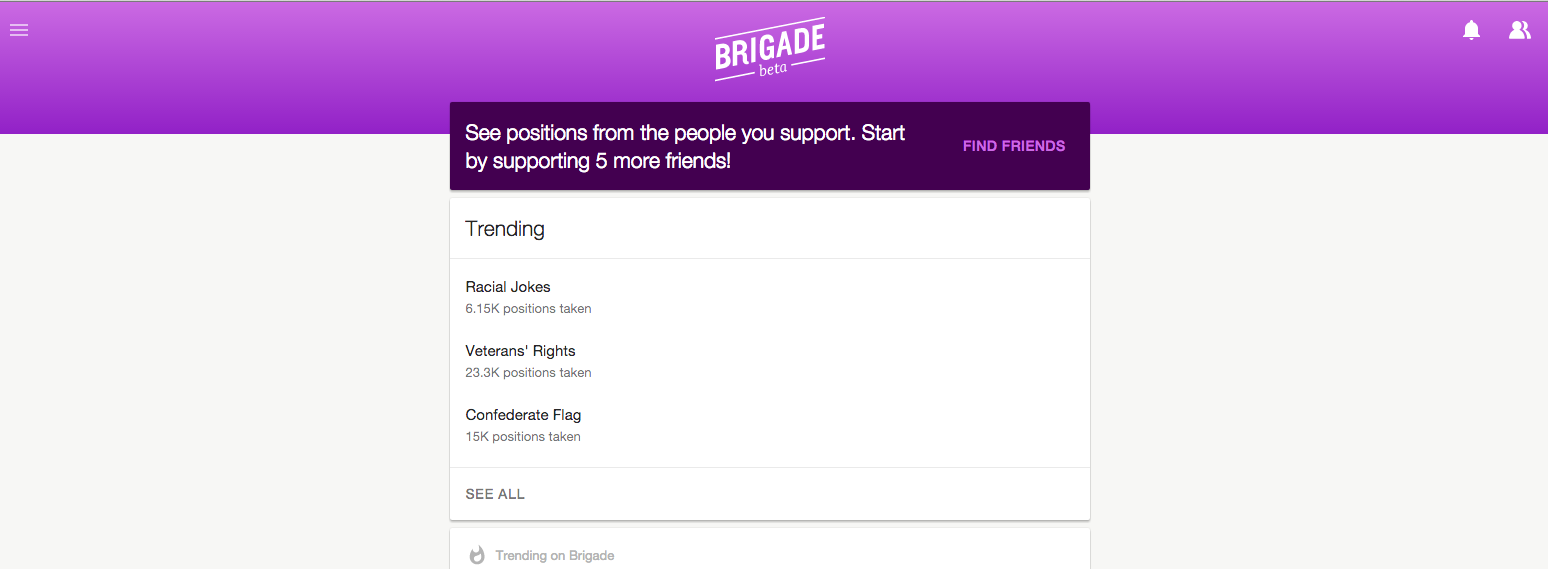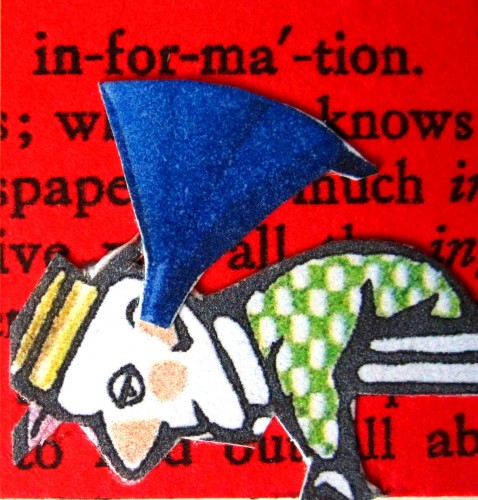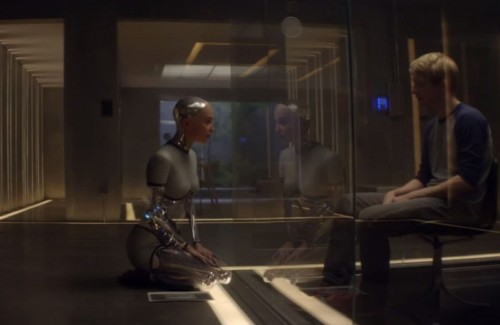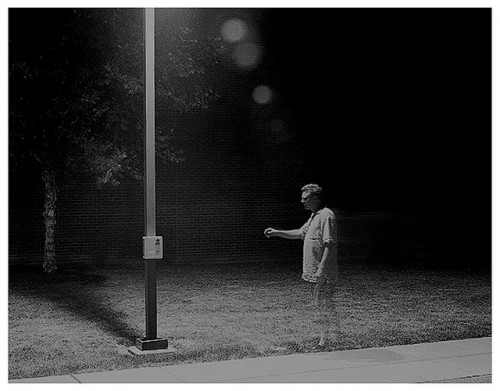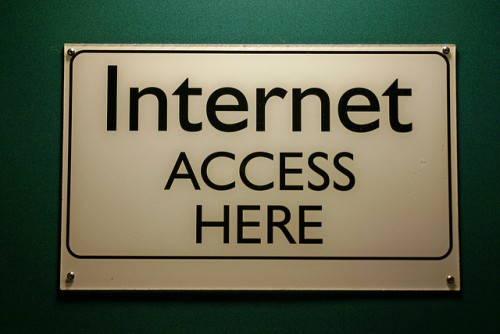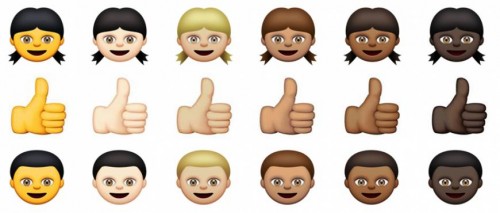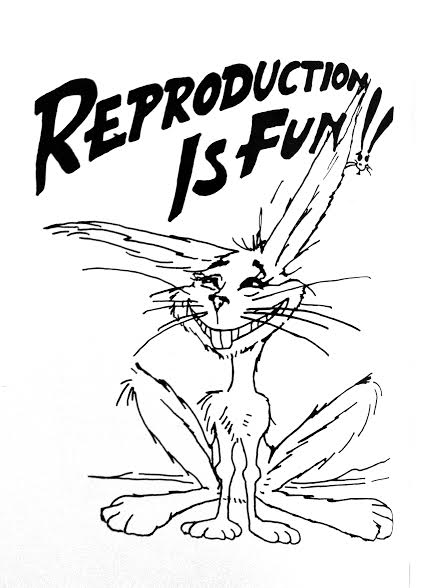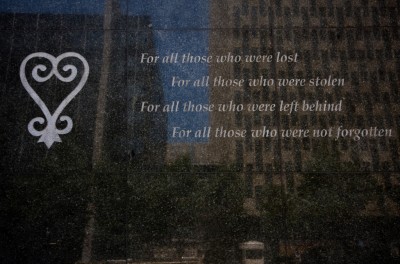
Towards the beginning of Italo Calvino’s novel Invisible Cities, Marco Polo sits with Kublai Khan and tries to describe the city of Zaira. To do this, Marco Polo could trace the city as it exists in that moment, noting its geometries and materials. But, such a description “would be the same as telling (Kublai) nothing.” Marco Polo explains, “The city does not consist of this, but of relationships between the measurements of its space and the events of its past: the height of a lamppost and the distance from the ground of a hanged usurper’s swaying feet.” This same city exists by a different name in Teju Cole’s novel, Open City. It’s protagonist, Julius, wanders through New York City, mapping his world in terms reminiscent of Marco Polo’s. One day, Julius happens upon the African Burial Ground National Monument. Here, in the heart of downtown Manhattan, Julius measures the distance between his place and the events of its past: “It was here, on the outskirts of the city at the time, north of Wall Street and so outside civilization as it was then defined, that blacks were allowed to bury their dead. Then the dead returned when, in 1991, construction of a building on Broadway and Duane brought human remains to the surface.” The lamppost and the hanged usurper, the federal buildings and the buried enslaved: these are the relationships, obscured and rarely recoverable though they are, on which our cities stand. more...


